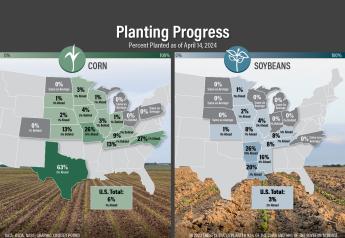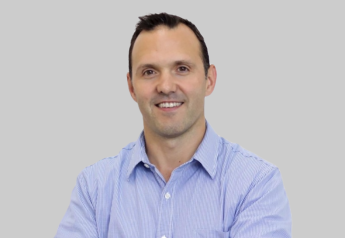Algae enlisted to produce biofuel using discarded papayas

Algae are the star players in an effort by U.S. Department of Agriculture (USDA) scientists in Hilo, Hawaii, to produce a renewable source of oil for conversion into biodiesel to help meet the island state's energy needs.
Lisa Keith, a plant pathologist with USDA's Agricultural Research Service (ARS), is spearheading the project at the agency's Daniel K. Inouye U.S. Pacific Basin Agricultural Research Center in Hilo. Over the past five years, she has been fine-tuning conditions under which Chlorella protothecoides algae can be coaxed into producing oil from discarded papayas and other unmarketable crops or byproducts, like glycerol.
The effort is part of a zero-waste system the Hawaii Department of Agriculture (HDOA) is championing to ease the state's reliance on imported oil for its fuel and energy needs.
The goal of the zero-waste system is to make agriculture more profitable and to address food- and energy-security issues in Hawaii, according to Keith, with the ARS center's Tropical Plant Genetic Resources and Disease Research Unit. To accomplish this, the HDOA's Agribusiness Development Corporation awarded a $1.6 million grant in 2014 to the ARS center to support Keith and colleagues' efforts to scale up the system.
Keith's research uses specialized vats called "bioreactors," which allow for the growth of 150 liters' worth (approximately 40 gallons' worth) of algae. Her team chose to use "UTEX 249," a top-performing strain of C. protothecoides that can store as much as 60 percent its cellular weight in lipids when grown—in the absence of sunlight—on a diet of 35 percent papaya juice.
In addition to sugar, papaya juice contains carbon, a critical but costly component of current algal-based methods of producing oil for conversion into biodiesel. The zero-waste system only uses unmarketable papayas, which account for one-third of Hawaii's $11-million crop and represent a substantial revenue loss for growers there.
Learn more about the project and its potential benefits in the April 2016 issue of AgResearch. ARS is USDA's principal intramural scientific research agency.







